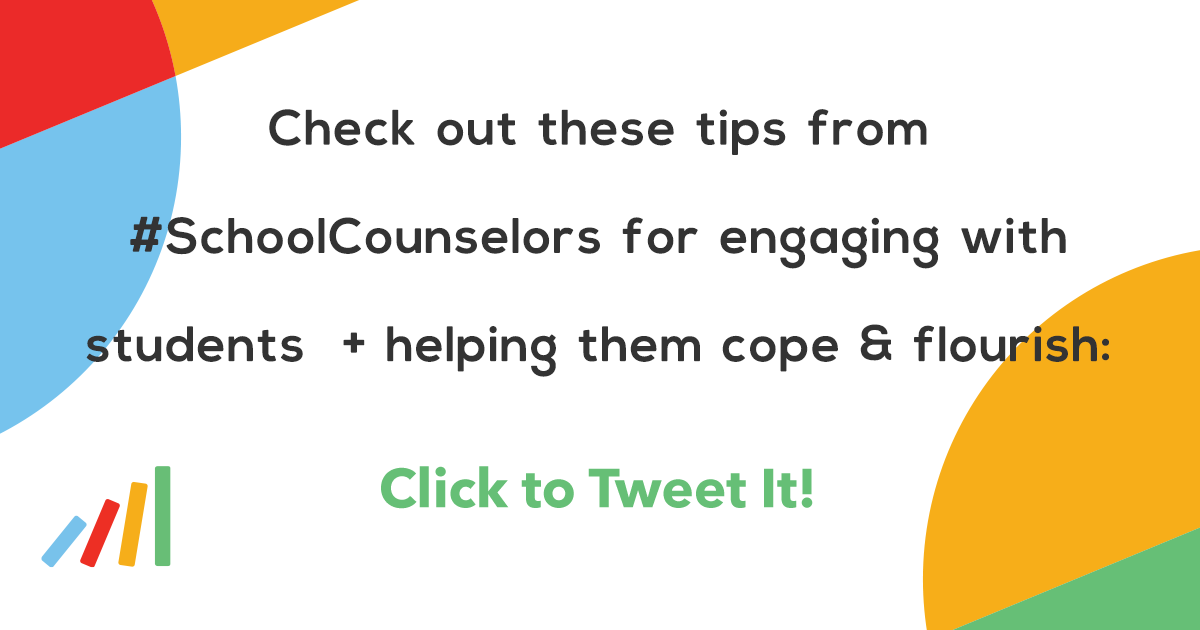
Anxiety, depression and feelings of isolation among teens has doubled in the past two years[1] – all while most schools are facing a shortage of counselors. National School Counseling Week, February 7-11, pays tribute to the hardworking school counselors who are needed now more than ever. School counselors address students’ social and emotional issues, and basic needs, along with their academic progress and goals.
Learn4Life, a network of 80+ public high schools that offers personalized instruction, has long maintained a higher-than-average number of counselors per student. “To support the whole child, in and outside of school, our counselors identify and utilize community resources that enhance the counseling programs,” said Lorena Galaviz, director of school counseling and student support. “They work tirelessly to make students feel safe and valued so they can reach their full potential.”
Since the pandemic began, Learn4Life school counselors have increased their outreach and support to students, sending thousands of check-in and support texts, referring hundreds of students to mental health resources and connecting scores of community partner organizations to students and families. Galaviz points out that counseling is especially challenging when done remotely, but offers these tips for engaging with students and helping them cope and flourish:
- Modify the typical risk assessment – it will take more time to determine the student’s challenges virtually, and it’s harder to identify kids who are having personal issues. Regular check-ins with all the students and their teachers are important.
- Create more opportunities to touch base with students. Be flexible and meet students where they are – online, by phone or in person. Throughout the pandemic, we sent teams of two out to students’ homes when it was safe.
- Offer flexible hours for counseling. Our schools are open until 6 p.m., and after hours students can access virtual links to emergency supports or resources within their community. Keep reminding all students what school counseling services and support are available.
- Provide virtual ways teens can connect with their peers. Students are sometimes lonely, so it’s important to offer social events online with games, SLAM poetry, raffles – anything to let them engage with other teens.
- Facilitate confidential conversations. A big challenge with virtual visits is the student may not be able to have confidential conversations, due to family members within earshot. Students may not want others to see his/her home environment. Provide headphones for those students and understand when they want to go off camera.
- Establish virtual support rooms where students can drop in when convenient to access real-time counselor support or tools to cope. Virtual calming rooms are another idea to provide a healthy escape to reduce stress with calming music or sounds, soothing colors and tips on breathing and refocusing.
- Partner with organizations like Care Solace that can handle some of the paperwork involved in mental health referrals, like making appointments and following up to ensure the student went to the provider. This allows the counselors to spend more time with each student.
“Our philosophy is to reduce any barriers to learning, whether it’s a student’s social/emotional challenges, academic concerns or career worries,” Galaviz said. “School counselors are a critical part of a student’s education, especially with the struggles of the past two years.”
[1] Psychology Today, The Real Crisis of Teen Mental Health, January 11, 2022.

